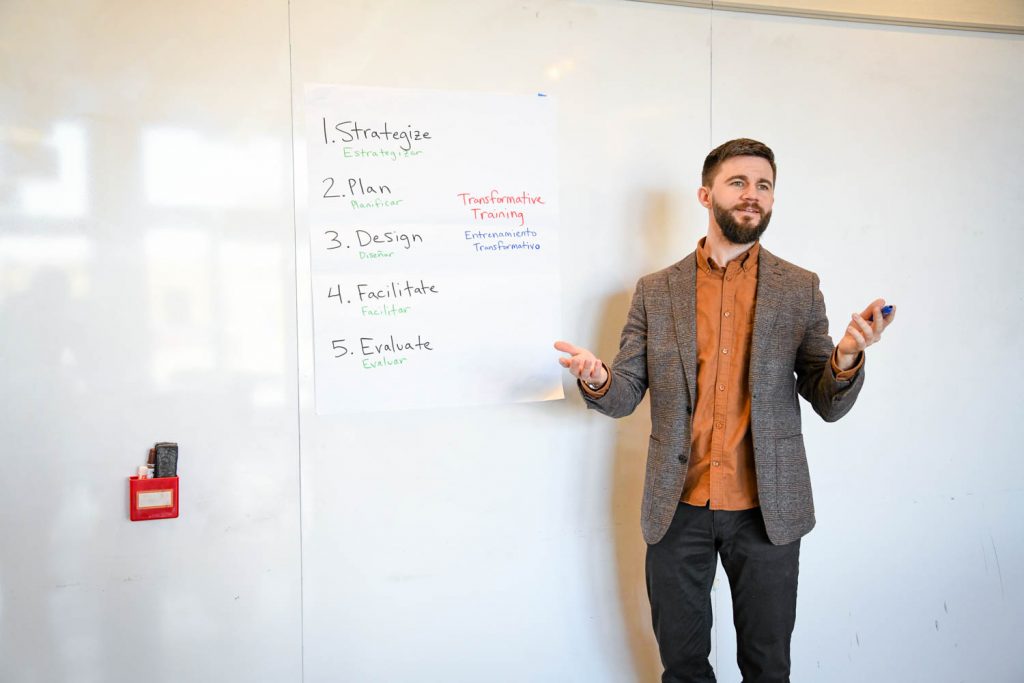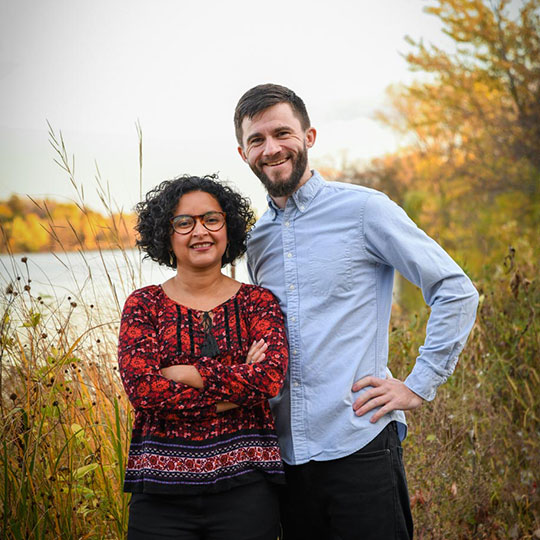This is the first blog in a series where we share tools to help you design more effective trainings for your program or campaign. We’re starting at the very beginning: purpose.
What are you really trying to accomplish with your training?
When most leaders start creating a training, they begin by writing out a bunch of ideas, messages, and slides they want to share. Before they know it, the session is packed with information—and even if they want participation, there just isn’t enough time for it.
If you’ve ever found yourself piling on resource after resource with no clear way to package them, this is your moment to pause.
Start by asking:
What will change for learners as a result of your training?
This question shifts your focus from information delivery to impact.
It’s not just about what you say—it’s about what learners will be able to do, feel, and accomplish after the session.
Because if your training isn’t improving people’s lives or work in some tangible way, why invest all that time in building it?
Here are some examples from leaders we have supported:
✅ Participants don’t just know their rights–they feel empowered to take collective action to keep themselves and their communities safe.
✅ Trainers aren’t just sent talking points and a slide deck–they feel confident using participatory methods that energize and equip their base.
✅ Board members don’t just know how to read a balance sheet–they ask thoughtful questions that help guide decisions leading to long-term sustainability.
This approach puts the learner—not the content—at the center of your design process, ensuring your training connects directly to your strategic goals.
Try this: Transformation Visualization
To help you get clear on the transformation you’re aiming for with your training, we created the Transformation Visualization Tool.
It’s a short exercise to help you imagine:
- How will learners see themselves differently?
- What does their average day look like?
- What position or role are they stepping into?
This step helps you focus your training content around what truly matters—the change you’re trying to create.
In times like these, that change is needed now more than ever.
Next Up:
In the next blog, we’ll share how to build alignment across your team by setting clear goals for your training initiative—not just headcount.





